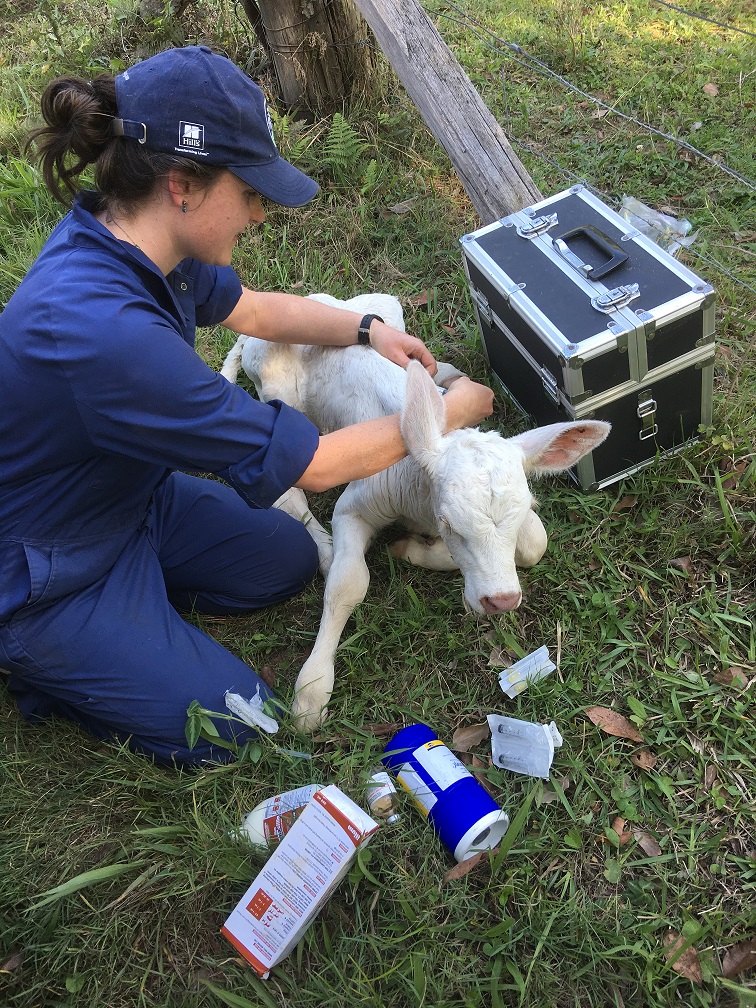(02) 6684 0735
(02) 6684 0735

Many of the tick prevention products which are registered for tick control in livestock and horses require frequent applications, are not registered for paralysis tick prevention, or are potentially toxic to fish, waterways, and the applicator.
Bayticol is registered for paralysis tick prevention if used every 10 days for horses and cattle, but this still leaves Alpacas, Goats, and Sheep exposed to these deadly parasites. Due to this gap in the market, there are many products being used outside their registration. This is called "off-label usage" and means that a product is being used on an animal it is not registered for, or with a usage pattern or dose rate that is not registered. 
Many farmers are using dog tick collars, or frequent ivermectin injections to control the parasites in their miniature horses, alpacas, and lambs. This hopefully prevents a potentially deadly tick paralysis event but creates an issue for withholding periods.
Until there is a highly effective, long-acting tick prevention product for our small livestock, farmers need to be extra vigilant at preventing the spring rise. This is done by starting a strategic tick prevention plan in late Autumn and making sure they are checking their young stock regularly.
Tick paralysis is not the only reason we need to control tick our livestock. Other ticks cause production losses through lower weight gain and ill-thrift, and spread disease.
This Blog was inspired by this little cutey, who was struck by tick paralysis at 3 days old but recovered from her tick paralysis. with treatment. Snowflake received Tick Anti-toxin (like snake antivenom but for ticks), a dectomax injection and some supportive fluids.